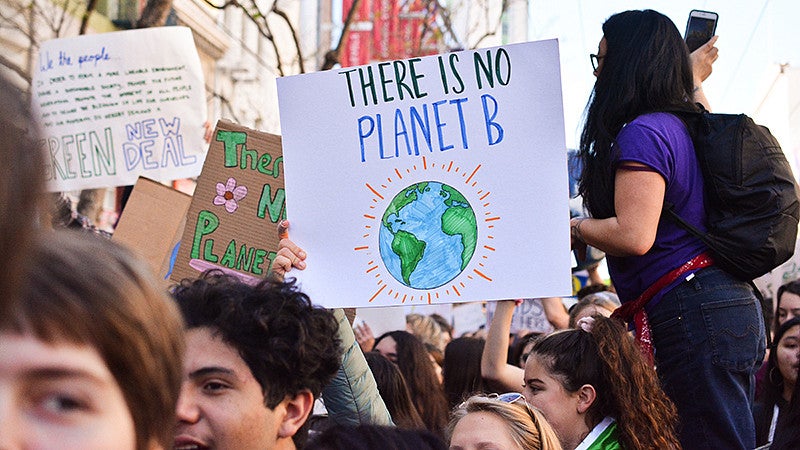Professor Mary Wood’s new research focuses on developing three interlocking efforts that will work together to rapidly reduce greenhouse gas emissions and remove carbon from the atmosphere through ecologically sound carbon sequestration projects.
#1: An Atmospheric Recovery Plan, based in best management practices to reduce carbon emissions and facilitate carbon drawdown.
There are five major categories of soil-based carbon sequestration projects: 1) reforestation; 2) regenerative (non-chemical) agricultural processes; 3) mangrove and wetlands restoration; 4) regenerative grazing practices; and 5) food forest enhancements in the tropics. Landscape projects could be developed to advance an Atmospheric Recovery Plan. The Atmospheric Recovery Plan would set forth a strategy for the atmosphere, with a function similar to cleanup plans for oil spills.
#2: Natural Resource Damage (NRD) litigation, pursued by sovereign co-trustees (states, tribes, foreign nations) against the fossil fuel industry, in order to fund the Atmospheric Recovery Plan.
Most of the historic carbon dioxide emissions can be traced to emissions produced by about 90 fossil fuel entities. These “carbon majors” are responsible for the majority of the legacy carbon in the atmosphere. Atmospheric Recovery Litigation aims to hold carbon majors liable for funding natural drawdown. Damages from these cases would help fund the Atmospheric Recovery Plan.
#3: A trust must be formed, which is a financial and administrative institution designed to receive NRD damage awards from U.S. courts, and to administer such funds in accordance with the parameters established in the Atmospheric Recovery Plan.
The trust will carry out two roles: 1) receive and fiscally manage the Natural Resource Damage monetary awards from court judgments, dispersing such money into qualifying drawdown projects; and 2) administratively implements the projects to carry out the Atmospheric Recovery Plan.
By Apollonia R. Goeckner, Environmental and Natural Resources Law Center

